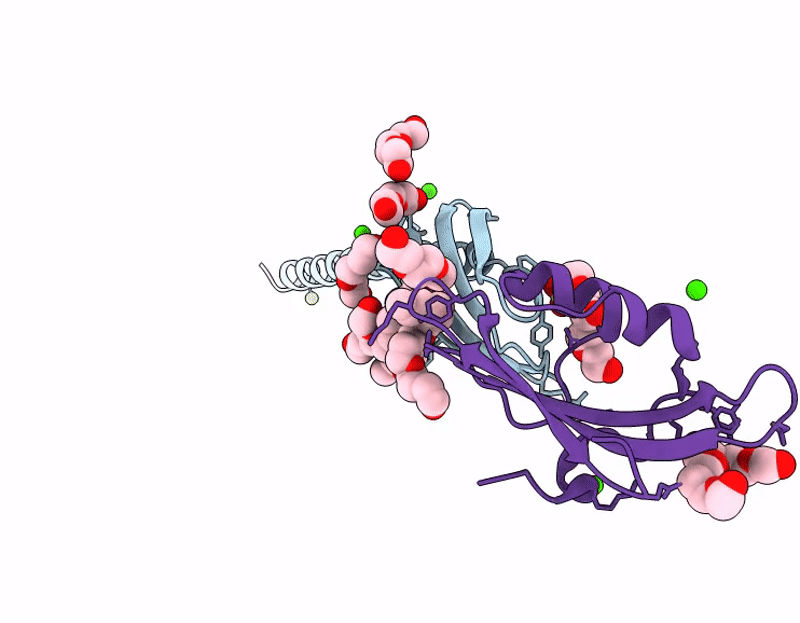
Deposition Date
2025-06-30
Release Date
2025-10-08
Last Version Date
2025-10-29
Entry Detail
PDB ID:
9VNJ
Keywords:
Title:
Crystal structure of the transmembrane domain of trimeric autotransporter adhesin AtaA in complex with the N-terminal domain of TpgA
Biological Source:
Source Organism:
Acinetobacter sp. Tol 5 (Taxon ID: 710648)
Host Organism:
Method Details:
Experimental Method:
Resolution:
2.60 Å
R-Value Free:
0.24
R-Value Work:
0.19
R-Value Observed:
0.19
Space Group:
H 3 2


